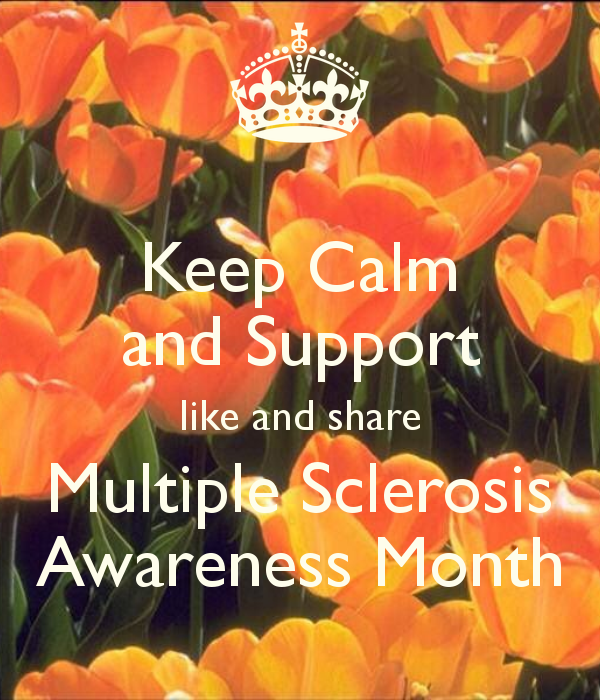Cognitive behavioural therapy (CBT) can help you make sense of overwhelming problems by breaking them down into smaller parts.
In CBT, problems are broken down into five main areas:
situations
thoughts
emotions
physical feelings
actions
CBT is based on the concept of these five areas being interconnected and affecting each other. For example, your thoughts about a certain situation can often affect how you feel both physically and emotionally, as well as how you act in response.
How CBT is different
CBT differs from many other psychotherapies because it’s:
pragmatic – it helps identify specific problems and tries to solve them
highly structured – rather than talking freely about your life, you and your therapist discuss specific problems and set goals for you to achieve
focused on current problems – it’s mainly concerned with how you think and act now rather than attempting to resolve past issues
collaborative – your therapist won’t tell you what to do; they’ll work with you to find solutions to your current difficulties
Stopping negative thought cycles
There are helpful and unhelpful ways of reacting to a situation, often determined by how you think about them.
For example, if your marriage has ended in divorce, you might think you’ve failed and that you’re not capable of having another meaningful relationship.
This could lead to you feeling hopeless, lonely, depressed and tired, so you stop going out and meeting new people. You become trapped in a negative cycle, sitting at home alone and feeling bad about yourself.
But rather than accepting this way of thinking you could accept that many marriages end, learn from your mistakes and move on, and feel optimistic about the future.
This optimism could result in you becoming more socially active and you may start evening classes and develop a new circle of friends.
This is a simplified example, but it illustrates how certain thoughts, feelings, physical sensations and actions can trap you in a negative cycle and even create new situations that make you feel worse about yourself.
CBT aims to stop negative cycles such as these by breaking down things that make you feel bad, anxious or scared. By making your problems more manageable, CBT can help you change your negative thought patterns and improve the way you feel.
CBT can help you get to a point where you can achieve this on your own and tackle problems without the help of a therapist.
Exposure therapy
Exposure therapy is a form of CBT particularly useful for people with phobias or obsessive compulsive disorder (OCD).
In such cases, talking about the situation isn’t as helpful and you may need to learn to face your fears in a methodical and structured way through exposure therapy.
Exposure therapy involves starting with items and situations that cause anxiety, but anxiety that you feel able to tolerate. You need to stay in this situation for one to two hours or until the anxiety reduces for a prolonged period by a half.
Your therapist will ask you to repeat this exposure exercise three times a day. After the first few times, you’ll find your anxiety doesn’t climb as high and doesn’t last as long.
You’ll then be ready to move to a more difficult situation. This process should be continued until you have tackled all the items and situations you want to conquer.
Exposure therapy may involve spending six to 15 hours with the therapist, or can be carried out using self-help books or computer programs. You’ll need to regularly practice the exercises as prescribed to overcome your problems.
CBT sessions
CBT can be carried out with a therapist in one-to-one sessions or in groups with other people in a similar situation to you.
If you have CBT on an individual basis, you’ll usually meet with a CBT therapist for between five and 20 weekly or fortnightly sessions, with each session lasting 30-60 minutes.
Exposure therapy sessions usually last longer to ensure your anxiety reduces during the session. The therapy may take place:
in a clinic
outside – if you have specific fears there
in your own home – particularly if you have agoraphobia or OCD involving a specific fear of items at home
Your CBT therapist can be any healthcare professional who has been specially trained in CBT, such as a psychiatrist, psychologist, mental health nurse or GP.
First sessions
The first few sessions will be spent making sure CBT is the right therapy for you, and that you’re comfortable with the process. The therapist will ask questions about your life and background.
If you’re anxious or depressed, the therapist will ask whether it interferes with your family, work and social life. They’ll also ask about events that may be related to your problems, treatments you’ve had, and what you would like to achieve through therapy.
If CBT seems appropriate, the therapist will let you know what to expect from a course of treatment. If it’s not appropriate, or you don’t feel comfortable with it, they can recommend alternative treatments.
Further sessions
After the initial assessment period, you’ll start working with your therapist to break down problems into their separate parts. To help with this, your therapist may ask you to keep a diary or write down your thought and behaviour patterns.
You and your therapist will analyse your thoughts, feelings and behaviours to work out if they’re unrealistic or unhelpful and to determine the effect they have on each other and on you. Your therapist will be able to help you work out how to change unhelpful thoughts and behaviours.
After working out what you can change, your therapist will ask you to practise these changes in your daily life. This may involve:
questioning upsetting thoughts and replacing them with more helpful ones
recognising when you’re going to do something that will make you feel worse and instead doing something more helpful
You may be asked to do some “homework” between sessions to help with this process.
At each session, you’ll discuss with your therapist how you’ve got on with putting the changes into practice and what it felt like. Your therapist will be able to make other suggestions to help you.
Confronting fears and anxieties can be very difficult. Your therapist won’t ask you to do things you don’t want to do and will only work at a pace you’re comfortable with. During your sessions, your therapist will check you’re comfortable with the progress you’re making.
One of the biggest benefits of CBT is that after your course has finished, you can continue to apply the principles learned to your daily life. This should make it less likely that your symptoms will return.
Computerised CBT
A number of interactive software programs are now available that allow you to benefit from CBT with minimal or no contact with a therapist.
The main program currently approved for use by the NHS is Beating the Blues, which is approved for treating mild to moderate depression.
However, there are many similar computerised CBT (CCBT) packages that may also be effective.
Some people prefer using a computer rather than talking to a therapist about their private feelings. However, you may still benefit from occasional meetings or phone calls with a therapist to guide you and monitor your progress.
Read more about self-help therapies.

